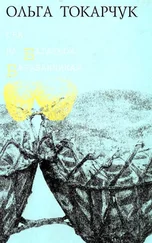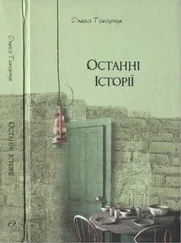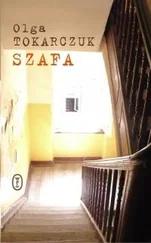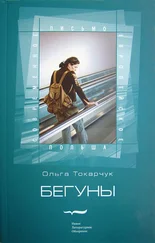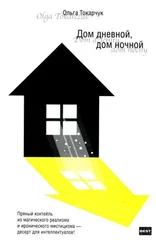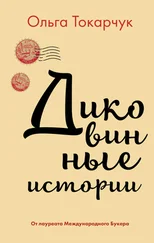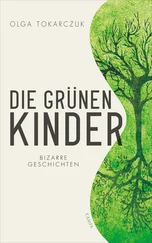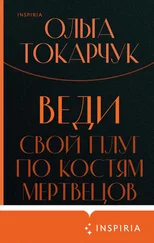The deal with donkeys is that they are a rather costly investment, returns are slow and it takes a lot of work. Outside high season, when there are no tourists, you have to be able to finance their food and take care of their coats – they have to be kept neat. This dark brown one is a male, the father of a whole family. His name is Apuleius – that’s what one tourist lady called him. That one over there is called Jean-Jacques, although it’s a female, and that lightest one is Jean-Paul. I have a few more on the other side of the house. Now, in the off-season, only two are working. But when the morning traffic starts I bring them out here, before the tour buses arrive.
The worst are the Americans – most of them are overweight. Oftentimes they’re too heavy even for Apuleius. They weigh twice as much as other people. The donkey is an intelligent animal, it can evaluate weight right away, and it will often start to get upset just seeing them come off their tour bus, all overheated, big sweat stains on their shirts, and those trousers they wear that only reach their knees. I get the sense the donkeys can tell them apart by their smell. So they’ve got problems with them even when their dimensions turn out to be all right. The donkey will start kicking and making a fuss, blatantly trying to get out of working.
But my donkeys are good, I brought them up myself. It’s important to us that our clients leave here with fond memories. I’m not a Christian myself, but I understand that for them this is the pinnacle of their excursion. They come here to get on my donkeys to tour the place where a gentleman named John baptized their prophet with water from the river. How do they know it was this spot here? Apparently it’s written down that way in their holy book.
There was an attack this morning. One person was killed and several wounded. The body has since been removed. The police surrounded the place with red-and-white plastic tape past which you could see enormous bloodstains on the ground; flies circled above them. A motorcycle lay on the ground, and near it a pool of petrol turning opalescent; beside it a plastic bag of fruit, tangerines tossed out, dirty, grimy; further on some rags, a sandal, a baseball cap of indeterminate colour, part of a mobile phone – where the screen had been now gaped a hole.
People clustered over the tape and looked on in horror. They spoke infrequently, in half-whispers.
The police waited on giving site clearance because a journalist from one of the important stations was supposed to come and do a story. Supposedly he particularly wanted to get those bloodstains on camera. Supposedly he was already on his way.
One day, in the evening, when I was already lying in bed after a whole day of walking around, looking and listening, I remembered Aleksandra and her reports. I suddenly began to miss her. I imagined that she might be in the same city, that she was sleeping with her bag beside her bed, in the silver halo of her hair. The Fair Apostle, Aleksandra the Just. I found her address in my backpack and wrote her an Infamy that I had learned of here.
When Atatürk was carrying out his intrepid reforms, in the 1920s, Istanbul was a city filled with half-wild stray dogs. A specific breed of them even developed – a mid-sized dog, with short hair, a light-coloured coat, white or cream-coloured or a patchy blend of those two colours. The dogs lived around the docks, between the cafés and restaurants, on the streets and squares. By night they went hunting in the city; they scrabbled, they dug through the rubbish. Unwanted, they returned to their old natural behaviours – they grouped together in packs, electing leaders like wolves and jackals.
But it was very important to Atatürk that Turkey be made a civilized country. Over the course of a couple of days, special forces caught thousands of the dogs, who were transported to nearby islands that were uninhabited, without flora. They were set free. Denied fresh water and any kind of food, they fed on one another for three or four weeks while the residents of Istanbul, especially owners of homes with balconies overlooking the Bosphorus, or people going to the fish restaurants along the waterfront, heard the howling from out there, and were then tormented by the waves of the disgusting stench.
During the night more and more proofs of human wrongdoing came to my mind, until I was drenched in sweat. For example, that puppy that froze to death because it had been given an overturned tin bath tub for a kennel.
‘The world is getting darker and darker,’ the two men sitting next to me agreed. As far as I had understood, they were flying to Montreal for a conference that would be attended by oceanographers and geophysicists. Apparently since the sixties incident solar radiation has fallen by four per cent. The average rate of light on the planet going out is around 1.4 per cent per decade. The phenomenon is not pronounced enough for us to be able to detect it ourselves, but it has been noted by radiometers. Radiometers have shown, for example, that the amount of incident radiation reaching the USSR from 1960-1987 actually decreased by one-fifth.
What is the reason for the darkening? It isn’t known exactly. It is supposed that it has to do with air pollution, soot and aerosols.
I fell asleep and saw a frightening vision: an enormous cloud appearing from beyond the horizon – evidence of a great, eternal war taking place in the distance, ruthless and cruel; destroying the world. But it’s okay, we are on – for now – a fortunate island: azure sea and clear blue sky. Beneath our feet warm sand and the protruding cubes of shells.
But this is the island of Bikini. Everything will die soon, be burned, be lost, in the best case scenario undergo a monstrous mutation. Those who survive will give birth to child monsters, twins conjoined at the head, one brain in a double body, two hearts in one rib cage. Additional senses will appear: the feeling of lack, the taste of absence, the ability for particular precognition. Knowing what won’t happen. Being able to smell what doesn’t exist.
The dark red glow grows, the sky turns brown, it gets darker and darker.
Each of my pilgrimages aims at some other pilgrim. This time in wax.
Vienna, the Josephinum: a collection of anatomic wax figures, recently renovated. On this rainy summer day another traveller besides me had wound up here – a middle-aged man, wearing wire-rimmed glasses, his hair completely grey – but he was only interested in one model, to which he dedicated a quarter of an hour, then disappeared, a mysterious smile on his lips.
I myself was planning to stay longer. I’d equipped myself with a notebook and a camera – I even had caffeinated sweets in my pockets, and a chocolate bar.
Slowly, so as not to miss out on any of the exhibition, I took tiny steps among the glass cabinets.
Model 59. A six-and-a-half-foot-tall man. Skinned. His body pleasingly woven out of muscles and tendons. Openwork. The first glance brings a shock, no doubt a reflex – the sight of a body missing its skin is in itself painful, it stings, burns, as in childhood when live flesh came peeking out from behind a skinned knee. The model has one arm back, while the right, raised over his head in the graceful motion of an antique sculpture, shields his eyes – as though he were looking into the sun in the distance. We know this gesture from paintings – this is how one looks into the future. Model 59 could also be displayed at the nearby Museum of Art; in fact I don’t know why it’s been sentenced to live out its days in a humiliating Anatomy Museum. It really should appear in the finest art gallery, because it’s doubly a work of art – because of its brilliant execution in wax (this is evidently naturalism’s greatest achievement), but also because of the design of the body itself. Who is its creator?
Читать дальше

